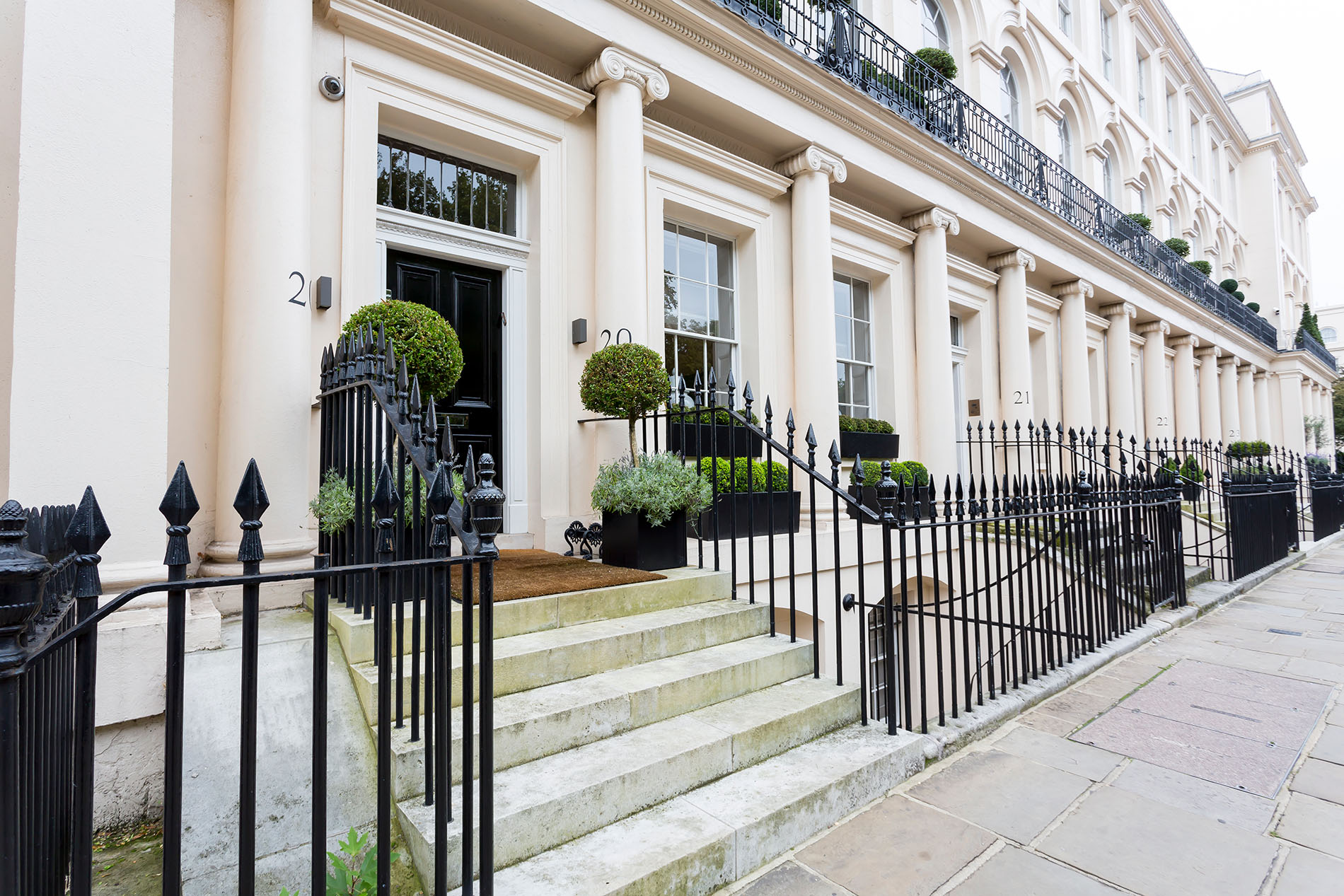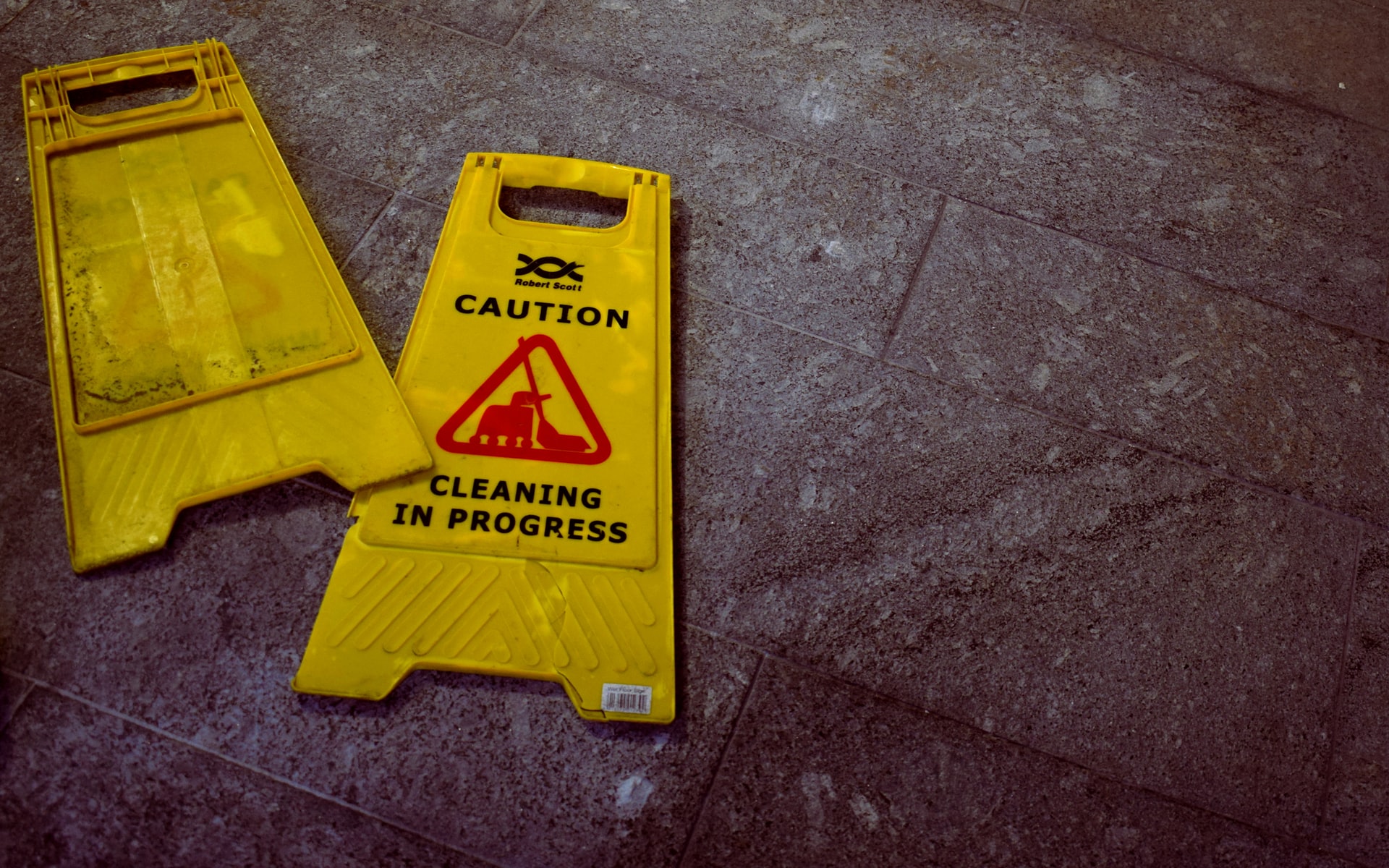Manage Your Block outlines the key areas of health and safety for blocks of flats to consider.
The following summarises the main Health and Safety regulations that apply to leasehold flats and leasehold apartments, but there are many other Health and Safety checks that should be completed.
- The duty to comply with the regulations falls on the landlord or person responsible for management which could be a Property Manager, a Residents’ Management Company or a Right To Manage Company
- Health and Safety in blocks of flats should never be ignored or dismissed simply because it requires additional expenditure- the cost of failing to comply if there is an accident or injury may be far greater than the cost to comply
Health and Safety Risk Assessment of Communal Areas of Blocks of Flats and Apartments
All blocks of flats must have a risk assessment carried out on the health and safety of any common areas. You may argue common areas are not “at work” but if any cleaner, gardener, managing agent or repair contractor enters them, then a Health and Safety risk assessment must be made.
Remember to cover all areas including gardens, grounds, plant rooms, meter cupboards and lift motor rooms.
If there are no employees of the landlord working at the block of flats there is no requirement to record the health and safty risk assessment but it would be “best practise” to do so anyway as if there were to be an accident and you had no proof of a risk assessment being carried out, you are much more likely to be prosecuted and/or sued for negligence.
The risk assessment should be looked at annually to reassess the situation.
Fire Safety
Since 2006, every block of flats requires a fire safety risk assessment. Again, this applies to common parts, not to the inside of any flats. Fire Officers will be able to enter any block of flats to inspect, ask to see the risk assessment and issue enforcement notices to improve fire safety should the need arise.
Working at Heights
Work at heights can be at any height if a person could be injured falling from it, even if below ground level.
If window cleaners or other contractors visit a block of flats, then an assessment of the risk from working at height is required. Part of the duty to assess risk will obviously fall on the window cleaner, but you, as the residents’ management company, right to manage company or residents association, also have a duty.
The principle is that any work at height should be avoided if it is practical to do it in another way. It if cannot be avoided, then the work must be assessed and planned to be done with the least risk.
Work at height can include changing light bulbs, general cleaning, testing smoke detectors and cleaning gutters. If a ladder is supplied by the landlord for changing light bulbs or checking smoke detectors, it should be checked regularly and a notice stuck on it with safety precautions for its use.
Electrical Equipment Safety
If you supply electrical equipment for example to a cleaner, then it must be regularly tested and properly maintained.
A visual inspection and a more formal test should be carried out at the intervals recommended by the Institution of Engineering and Technology.
Legionella
Legionella is a bacteria common in water systems which can result in Legionnaires’ disease.
There is a responsibility and duty to control the risks of Legionella in any pipes, tanks and taps in common parts (including a cleaner’s cupboard). Cold water tanks, taps and showers within leaseholders flats are the responsibility of the lessees, unless the lease puts repairing responsibility for them on the landlord. Water tanks in roof spaces are more likely to be the responsibility of the landlord and are a greater risk where water is present at temperatures between 20C and 45C. A risk assessment of your flats involves assessing whether conditions are right for bacteria to flourish.
The starting point is a health and safety risk assessment usually carried out by an expert and, if there are potential risks, then a written action plan should be produced to reduce the risks.
An annual review of the risk assessment should be made.


